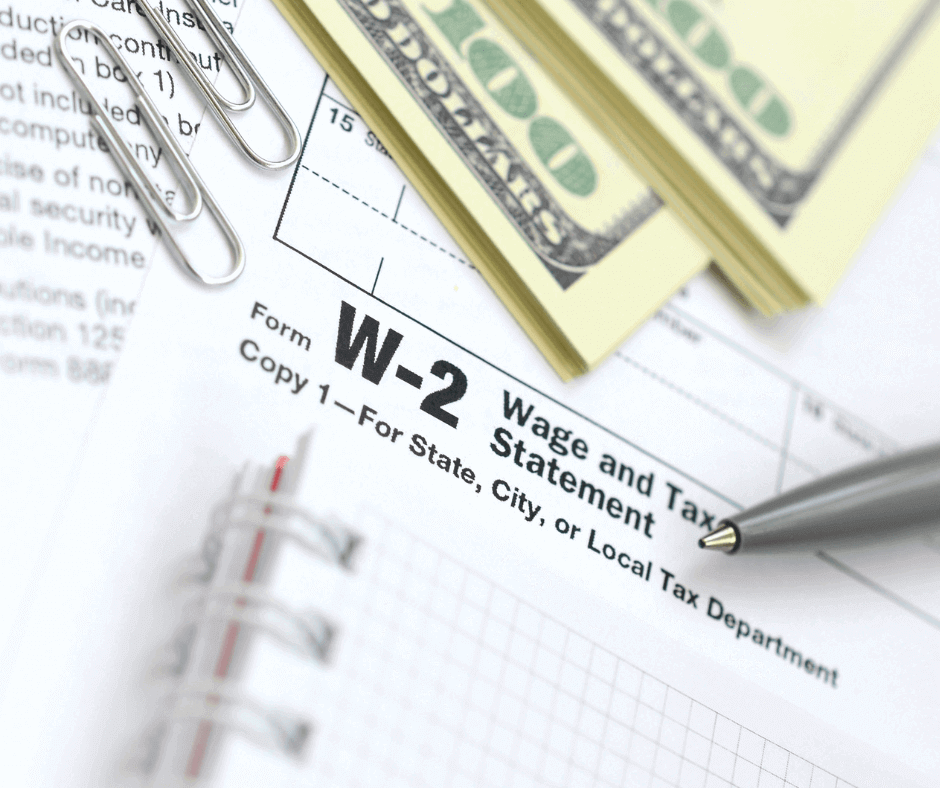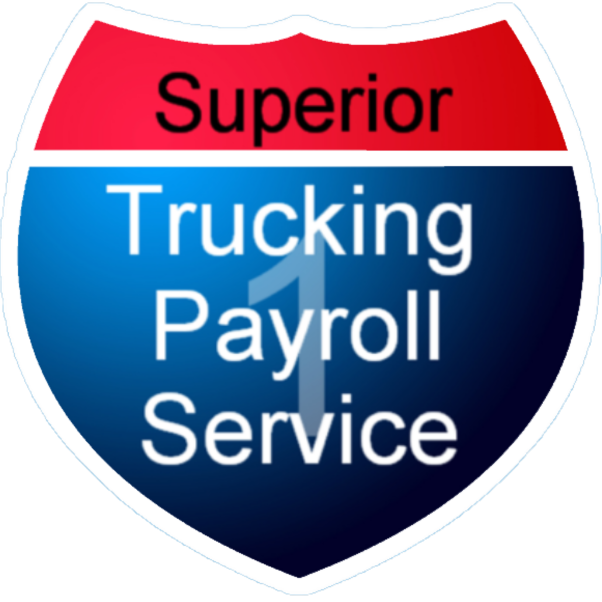Have you ever felt stressed about filing W-2s and 1099s for your business? You’re not alone. Every year, businesses scramble to prepare and send out these tax forms on time. A single mistake can lead to IRS penalties, confused employees, or frustrated contractors.
Did you know that missing the deadline for these forms can result in fines ranging from $50 to $280 per form—depending on how late you file? For small businesses, these extra costs can add up quickly.
The good news? Filing these forms doesn’t have to be complicated. In this guide, we’ll break down W-2s and 1099s, explain who gets what, and share simple best practices to make the process smooth and stress-free.

Understanding W-2s and 1099s: Who Gets What?
Before you start filing tax forms, it’s important to know the difference between W-2s and 1099s. Each form serves a specific purpose, and sending the wrong one can lead to compliance issues and confusion for your workers.
What is a W-2 Form?
A W-2 form is a tax document that employers must provide to their employees. It shows how much they were paid during the year, how much was withheld for taxes, and other key information.
Who Needs a W-2?
- Full-time employees
- Part-time employees
- Seasonal and temporary employees
- Former employees who worked during the year
If someone is on your payroll, receives a regular paycheck, and has taxes withheld, they need a W-2 form. Employees use this form to file their personal tax returns.
What is a 1099 Form?
Who Needs a 1099?
- Freelancers, consultants, and independent contractors
- Contract drivers and owner-operators
- Self-employed individuals providing services
- Vendors and service providers (if applicable)
Contractors do not have taxes withheld from their payments. They are responsible for reporting their income and paying their own taxes.
Now that you know who should receive a W-2 or 1099, let’s look at the important deadlines to ensure you file on time and avoid penalties.
Important Filing Deadlines
To stay compliant, businesses must meet the IRS deadlines for filing W-2s and 1099s:
W-2 Deadlines
- January 31 – Provide W-2 forms to employees
- January 31 – File W-2 forms with the Social Security Administration
1099-NEC Deadlines
- January 31 – Provide 1099-NEC forms to contractors
- January 31 – File 1099-NEC forms with the IRS
For businesses filing electronically, some IRS deadlines extend to March 31 (for forms like 1099-MISC and 1099-DIV), but 1099-NEC and W-2 deadlines remain January 31.
Missing these deadlines can result in IRS penalties, so it’s important to plan ahead.
How to File W-2s and 1099s Without Mistakes
Filing W-2s and 1099s correctly isn’t just about meeting deadlines—it’s about avoiding errors, penalties, and unnecessary stress. By following a few simple best practices, you can streamline the process and ensure everything is accurate and on time.
Double-Check Employee and Contractor Information Before Filing
Before tax season begins, check that all names, Social Security numbers (SSNs), and addresses are correct. Incorrect information can lead to rejected forms or IRS penalties.
Use Payroll and Accounting Software to Automate Tax Forms
Many payroll systems can automate the filing process. These tools generate W-2s and 1099s, send them electronically, and file them with the IRS and SSA.
Choose Electronic Filing to Reduce Errors and Meet Deadlines
E-filing is faster, reduces paperwork, and helps ensure compliance with IRS deadlines. Plus, electronic submissions reduce the risk of errors compared to manual filing.
Notify Employees and Contractors About Their Tax Forms in Advance
Remind employees and contractors about upcoming tax forms. Ask them to update their addresses before December to avoid delivery issues.
Keep Accurate Records to Avoid IRS Issues Later
Store all tax documents in a secure and organized system. The IRS requires businesses to keep W-2 and 1099 records for at least four years.
With these best practices in place, you’ll be well-prepared for tax season. Now, let’s wrap up with a quick recap and how you can take action to simplify your filing process.
Takeaways for a Stress-Free Tax Season
Filing W-2s and 1099s can feel stressful, but it doesn’t have to be. If you miss a deadline or send the wrong form, you could face costly IRS penalties. The good news is that with the right process, you can avoid these mistakes.
By checking worker details early, using payroll software, and filing online, you can make tax season easier and avoid errors.
Still feeling unsure? Many business owners struggle with payroll tax forms. Handling them alone takes time, and mistakes can be expensive.
That’s where we come in. At Superior Trucking Payroll Service, we help trucking companies like yours handle their payroll and payroll taxes correctly and on time. We take care of the heavy lifting so you don’t have to.
Next step: Read our guide on Payroll Tax Management to learn how we can help you stay compliant.
Written by Mike Ritzema
Before founding Superior Trucking Payroll Service, Mike was the CFO of a trucking company with 80 trucks and a thriving brokerage. This experience gave him the perspective that a payroll solution has to make the lives of the office people better. All the solutions he has designed are to benefit everyone. Our company mission is to help trucking families and that includes the company owners, the drivers, and the office.

